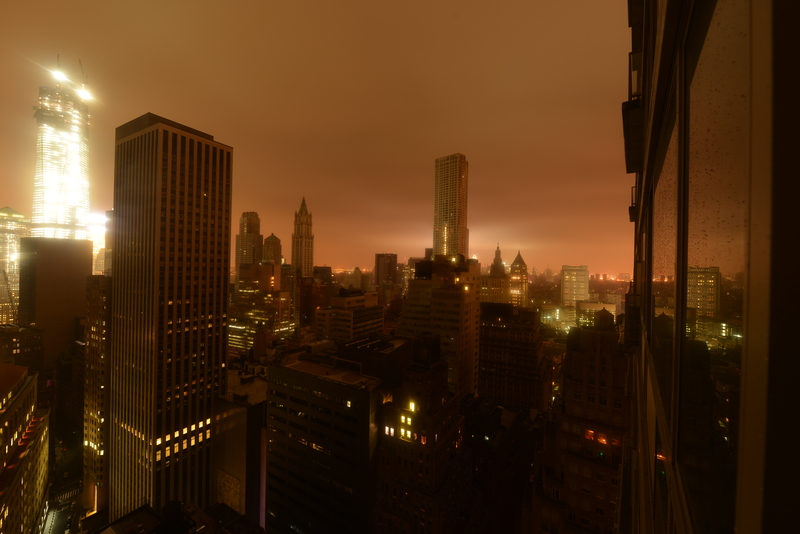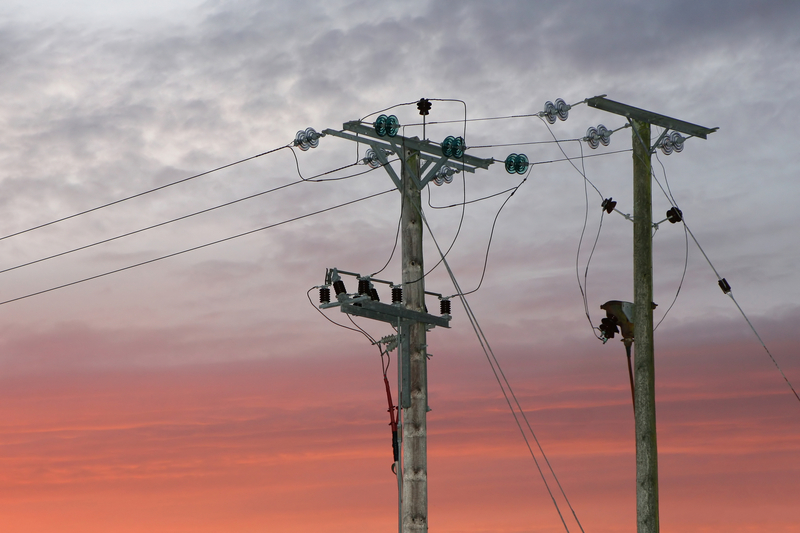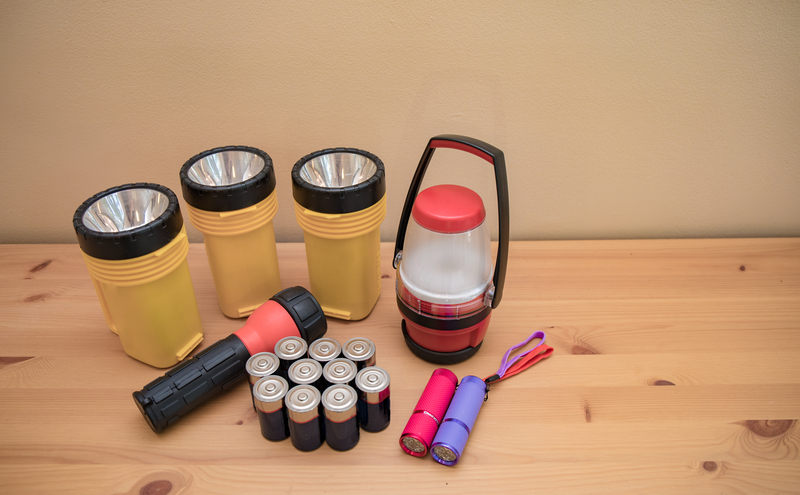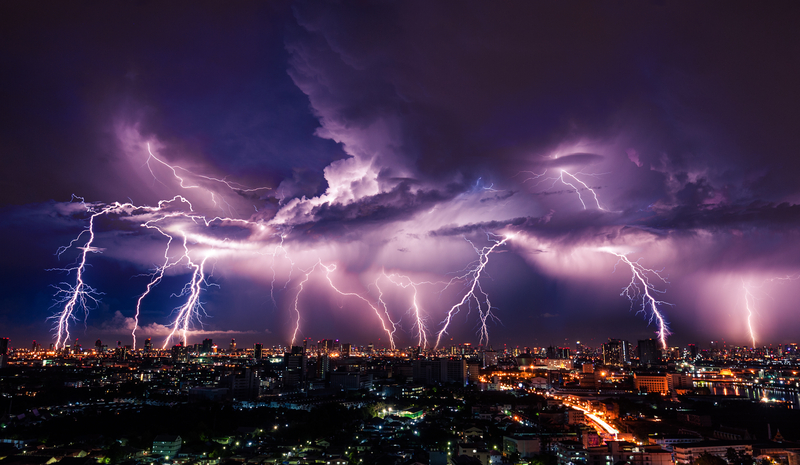This article is your complete guide to understanding what is a rolling blackout. A rolling blackout is when a power company will deliberately shut off power for certain areas at a time to avoid a much larger, city-wide power outage.
In this blog post, we’ll take a closer look at rolling blackouts, including how they work, why they occur, and how to prepare for rolling blackouts. Whether you’re experiencing a rolling blackout in your area or just want to be informed about this type of power outage, this post will provide you with the information you need to know.
Here at The Energy Professor, we want to give you the information you need to not only save money on your energy bill but also to become more energy efficient. We hope find this post helpful and help you better understand “what is a rolling blackout.” Be sure to also check out our one of a kind energy savings calculator!
The Energy Professor Electricity Rate Check Tool
What are Rolling Blackouts?

What is a Rolling Blackout? Rolling blackouts, also known as load shedding, occur when a power utility deliberately shuts off power to certain areas for a limited period to prevent a wider power outage. While this may seem counterintuitive, rolling blackouts are sometimes necessary during periods of high energy demand or unexpected power grid failures.
Rolling Blackouts are temporary blackouts planned by the grid operator to avoid more serious power outages. When demand becomes so much higher than supply, equipment is put at risk of serious damage so utility companies will initiate a rolling blackout. If the energy demand is too high, then power generators can’t keep up and the grid gets overloaded.
What causes a rolling blackout?
- High Energy Demand: When the electricity demand exceeds the available supply, the power grid can become overloaded, and the utility company may have to resort to rolling blackouts to prevent a wider power outage.
- Equipment Failure: A sudden failure of a power plant or a transmission line can cause a sudden drop in power supply, and the utility company may have to shut down power to some areas temporarily to prevent the entire grid from collapsing.
- Extreme Weather Conditions: Heatwaves, cold snaps, and other extreme weather conditions can put a strain on the power grid by increasing energy demand for heating or cooling. In some cases, natural disasters such as hurricanes, floods, or earthquakes can also damage power infrastructure and cause blackouts.
- Insufficient Energy Reserves: If the utility company doesn’t have enough energy reserves to meet demand, it may have to implement rolling blackouts to conserve energy.
- Regulatory Issues: In some cases, regulatory issues such as inadequate energy market regulations or a lack of investment in energy infrastructure can lead to rolling blackouts.
Why are Rolling Blackouts Necessary?
Rolling blackouts are used by utility companies as a way to balance power supply. Most of the time they’re hard to predict and happen with little to no warning. By cutting the power for a few hours, it can help reduce the power the electrical equipment is handling. If the power is not reduced, it can lead to serious equipment damage which is bad for consumers’ electricity bill and can cause longer blackouts.
Related Post: Difference Between a Blackout and Brownout
How Long do Rolling Blackouts Last?

If your utility supplier initiates a rolling blackout due to high energy demand and having to balance the power supply, you can expect it to return in one to two hours. The duration of a rolling blackout can vary depending on several factors, including the cause of the blackout, the size of the affected area, and the capacity of the power grid. In some cases, a rolling blackout may only last for a few minutes, while in other cases it may last for several hours.
Typically, the duration of a rolling blackout is determined by the needs of the power grid and the amount of available electricity. Once the grid is stabilized and demand is reduced, power can be gradually restored to the affected areas. It’s important to note that the duration of a rolling blackout can be unpredictable, so it’s always a good idea to be prepared for an outage that could last for several hours.
Can rolling blackouts be prevented?
Rolling power blackouts can be prevented by taking steps to ensure that the supply of electricity matches the demand. This can be achieved by investing in more generation capacity, improving energy efficiency, and reducing demand during peak hours through time-of-use pricing and other demand response programs. In addition, grid operators can improve the coordination of power supply and demand by implementing advanced technologies, such as energy storage and demand response by initiating a rolling blackout.
How to Prepare for Rolling Blackouts

Since rolling blackouts are mostly unpredictable. It is good to be prepared at all times. Below are some ways to be prepared if a rolling blackout happens in your city.
Keep an emergency kit ready
Rolling blackouts can happen without warning, so it’s important to have an emergency kit on hand that includes essential items such as food, water, flashlights, batteries, and first aid supplies. I always keep battery-powered flashlights in every room in case of an emergency like a blackout. It is also important to check these flashlights now and then to make sure the batteries are still good.
Have a backup power source
Consider investing in a backup power source such as a generator or portable battery bank. This can help you maintain power to critical devices such as medical equipment or refrigerators, and can also help keep you comfortable during an extended outage.
Reduce energy usage
To help prevent the need for rolling blackouts in the first place, try to reduce your energy usage during peak times. This can include turning off non-essential lights and appliances and adjusting your thermostat to a slightly higher temperature.
Stay informed
Keep up to date on the latest news and updates from your local utility company or government agencies. They may provide information on the timing and duration of rolling blackouts, as well as tips for staying safe and comfortable during an outage.
Have a plan for medical needs:
If you or someone in your household relies on medical equipment that requires electricity, make sure you have a plan in place for how to handle an extended outage. This may include having a backup generator or portable battery bank on hand or making arrangements to stay with family or friends who have power.
Stay safe:
If you experience a rolling blackout, take steps to stay safe and comfortable during the outage. This may include using flashlights instead of candles, avoiding the use of gas-powered generators indoors, and avoiding opening your refrigerator or freezer unless necessary.
Stock up on Essentials
Make sure to have food, water, and essential medicines on hand before the blackout begins.
Create an Evacuation Plan
If you have a place to go, you can save yourself discomfort and inconvenience by simply traveling to someplace that has power.
Have a Flashlight and New Batteries Available
Being able to see in the dark can keep your spirits up, but it is also a safety issue. Having a safe, non-flammable source of light is a necessity.
Protect Your Appliances
Unplug your appliances before the blackout to protect them from power surges when the power is restored.
By taking these steps to prepare for a rolling blackout, you can help ensure that you and your family are ready for any unexpected power outages that may occur.
Related Post: What are the Types of Power Surges?
What is Rolling Blackouts FAQ

Q: What is a Rolling Blackout?
A: A rolling blackout is when your utility company lets you know in advance that they will be shutting off your power temporarily.
Q: How long are rolling blackouts?
A: The duration of a rolling blackout can vary depending on several factors, including the cause of the blackout, the size of the affected area, and the capacity of the power grid. In some cases, a rolling blackout may only last for a few minutes, while in other cases it may last for several hours.
Q: Are rolling blackouts planned?
A: Most of the time, rolling blackouts are NOT planned by your electric company. Rolling blackouts are due to electricity demand becoming so much higher than supply. It puts the equipment at risk of serious damage and thus the electricity company will initiate a rolling blackout to balance the power.
Q: Why do rolling blackouts happen?
A: Rolling blackouts occur when there is not enough electricity to meet the demand of the consumers. This can happen for a variety of reasons, including heat waves or cold snaps, high electricity usage during peak hours, power plant failures or maintenance, transmission line failures, or supply shortages caused by natural disasters or other emergencies.
Q: How do you survive a rolling blackout?
A: Rolling blackouts can happen at any given time but are most likely to occur during heat waves or cold snaps. There are some ways to prepare for a rolling blackout:
- Keep an emergency kit ready
- Have a backup power source
- Stay Informed
- Have a plan for medical needs
- Close your shades
- Avoid using major appliances
Do you Need Cheaper Electricity?
If you’ve taken the time to understand the information on your bill and discovered you’re paying more than you’d like for your electricity, have you looked around for a cheaper deal? The Energy Professor has a wealth of information on ways to save on your utilities, including details of top deals that could significantly reduce your monthly or quarterly electricity bills.
We hope you found this article helpful! If you are looking for ways to increase energy efficiency and sustainability in your home be sure to take a look at all of the latest renewable energy options in your area. The Energy Professor helps residential and small business owners find qualified energy suppliers in New York, New Jersey, Pennsylvania, Texas, Ohio, Maryland, Illinois, and Massachusetts

